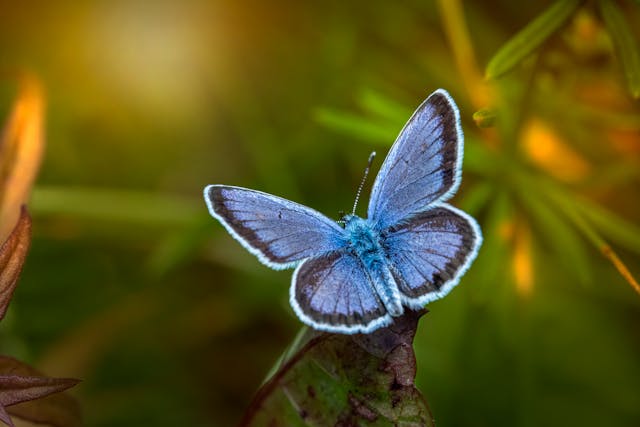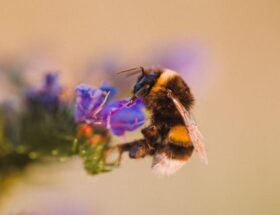Today, we’re going to flutter into the enchanting world of butterflies. With their delicate wings adorned in a kaleidoscope of colors, butterflies captivate our hearts and minds. But their beauty is just one aspect of these remarkable creatures. To truly appreciate them, it’s important to understand their fascinating life cycle, which includes stages of transformation that are as beautiful as the butterflies themselves. Let’s explore why butterflies are so beautiful, how they grow and develop, and why they hold significant importance in our ecosystems.
The Life Cycle of Butterflies
Butterflies undergo a fascinating transformation called metamorphosis, which involves four stages: egg, larva (caterpillar), pupa (chrysalis), and adult butterfly. It begins when a female lays her eggs on a host plant. After a few days, the eggs hatch into caterpillars, which primarily focus on eating and growing—sometimes increasing up to 100 times their original size!
Once they mature, caterpillars enter the pupal stage, forming a protective chrysalis. Inside, their bodies reorganize to become butterflies. This transformation can take several weeks, depending on the species and environmental conditions. Finally, the adult butterfly emerges, unfolding its wings to dry before its first flight. This remarkable journey showcases the beauty of butterflies and symbolizes transformation and renewal.
Why Are Butterflies So Beautiful?
1. A Palette of Colors
Butterflies are nature’s artists, displaying an array of vibrant colors and intricate patterns on their wings. This color variety results from microscopic scales on their wings that refract light, creating stunning visual effects. From the brilliant blues of the morpho butterfly to the fiery oranges of the monarch, each species has a unique design that makes it stand out.
2. Mimicry and Camouflage
Many butterflies have evolved to mimic other species or to blend seamlessly into their environments. This serves dual purposes: avoiding predators and attracting mates. The incredible adaptations in their appearance demonstrate the artistry of evolution, showcasing how beauty can be a tool for survival.
3. Graceful Movement
Butterflies are not just beautiful to look at; they are mesmerizing to watch. Their gentle fluttering and graceful flight patterns evoke a sense of peace and tranquility. This elegance is often associated with freedom and transformation, further enhancing their appeal.

The Importance of Butterflies
1. Pollinators
Butterflies play a crucial role in our ecosystems as pollinators. While sipping nectar from flowers, they inadvertently transfer pollen from one bloom to another, facilitating plant reproduction. This process is vital for the growth of many fruits, vegetables, and wildflowers. Without butterflies and other pollinators, our food systems would face significant challenges.
2. Biodiversity Indicators
Butterflies are considered bioindicators, meaning their presence, abundance, and diversity can provide valuable insights into the health of an ecosystem. A rich variety of butterfly species often indicates a balanced environment, while declining populations can signal ecological issues, such as habitat loss or pollution.
3. Cultural Significance
Throughout history, butterflies have held deep cultural significance in many societies. They are often seen as symbols of transformation, hope, and beauty. In literature and art, butterflies represent the ephemeral nature of life, reminding us to cherish fleeting moments. Their symbolism adds another layer to their importance in human culture.
Conservation Matters
Despite their beauty and ecological significance, butterflies face numerous threats that endanger their survival. Habitat loss due to urban development, climate change altering their migration patterns, and pesticide use are major challenges for these delicate creatures. As responsible stewards of the environment, it is essential for us to take action to protect butterflies and their habitats. Simple yet effective steps, such as planting native flowers to provide food sources, creating butterfly gardens that offer safe havens, and supporting local conservation efforts, can collectively make a meaningful difference in safeguarding these enchanting insects for future generations.

Final Thoughts
Butterflies are not just beautiful creatures that grace our gardens; they are essential players in our ecosystems. Their vibrant colors, intricate patterns, and graceful movements capture our imaginations while serving vital roles in pollination and ecological balance. By understanding and appreciating these remarkable insects, we can work together to protect them for future generations.
Thank you for joining me today on GertieBlu! Let’s continue to celebrate the beauty and importance of butterflies, spreading awareness and advocating for their conservation. Remember, every butterfly counts! 🦋









